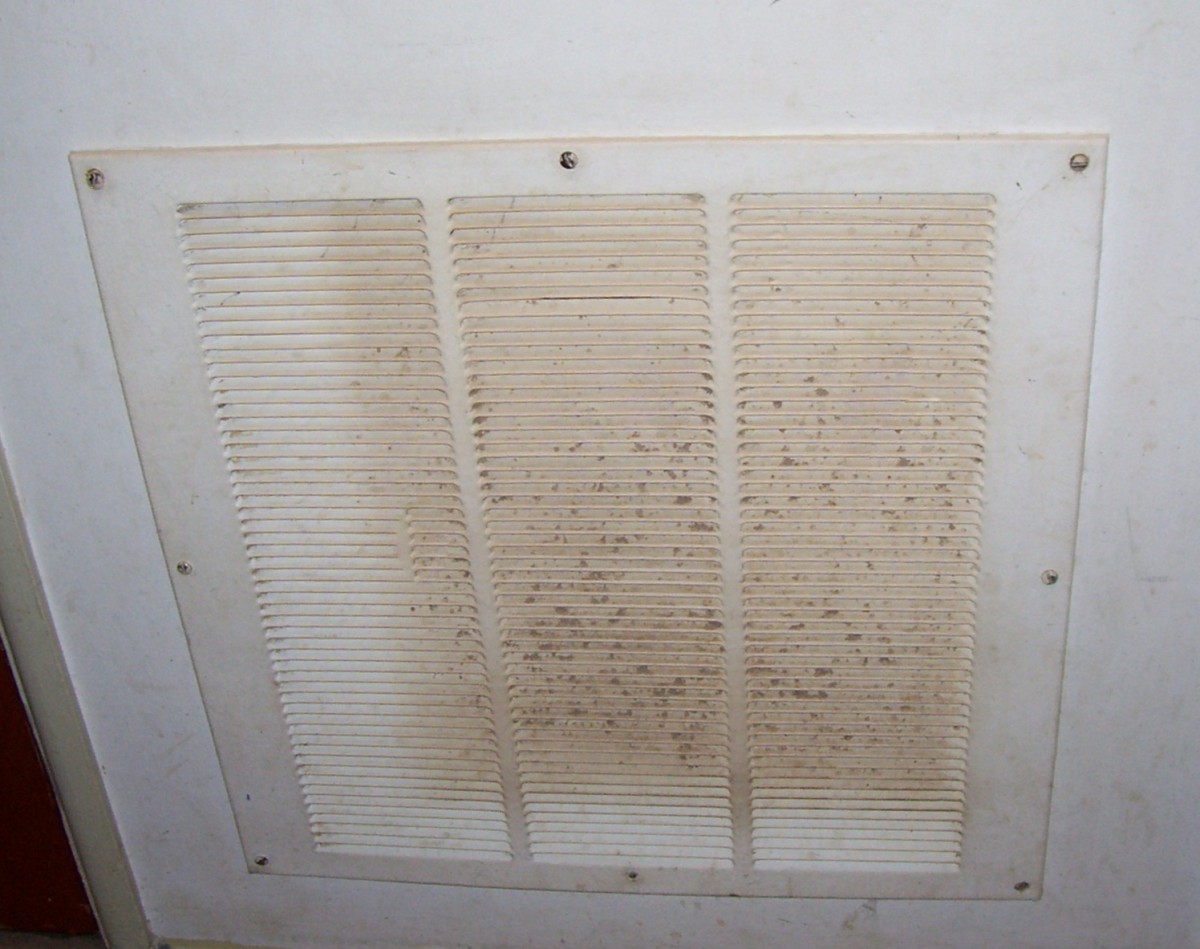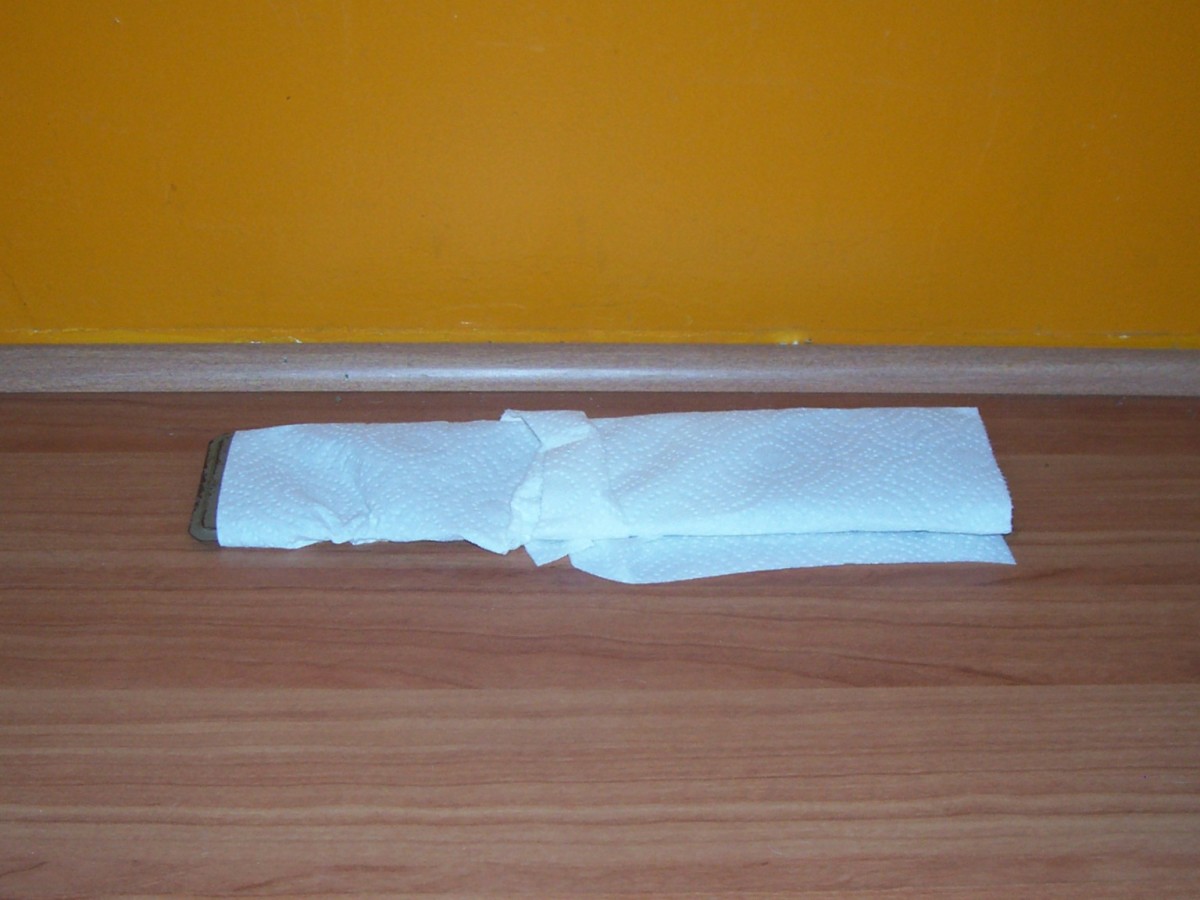There are many reasons to clean up the air ducts in your house. When ducts are clean, the heating system lasts longer (due to the fact that there is less dirt using out its elements), we dust less frequently, and the air we breathe in the house is cleaner. For those of us with allergic reactions, this need to be a welcome enhancement.
Probably you don't own a high-powered, truck-mounted vacuum system with 150 foot-hoses; perhaps you can't manage the expense of such service. But I am going to tell you how you can clean duct yourself. Sure, you will not be able to reach every nook and cranny, but you can still eliminate approximately 85% of the dust in your system without investing any more than the cost of your brand-new heater filter.
There are various designs of duct systems, such as attic systems and underground systems, but the theory of cleaning up these systems is the very same. You might not be able to access all parts of these systems (for instance, underground ducts), however you can make a difference in your air quality by cleaning the parts of the system that you can reach.
Prior to we get going, have a look at this video of what one of those high-powered, truck-mounted vacuum systems appears like at work on a quite overlooked duct system.
2. Turn on fan. You desire the fan running while you are cleaning up, to move the dust along that you are going to loosen with your banging and brushing. Set the thermostat to "fan on," and shut off the "heat/cool" mode so that just the fan is running. If you do not have a fan-only choice, you can run the heat, or you might take this chance to set up a newer thermostat with this useful choice.
3. Check filter. Make sure your old heater filter remains in place, so that the dust you knock loose doesn't wind up getting pulled into the fan motor.
4. Loosen up dust in ducts. Knock loose any buildup of dust in the duct. Merely take the deal with of your brush and begin tapping on any available duct you have in the basement. This will help separate any deposits of dampened dust that might have stuck to the insides of the duct.
5. Tidy supply registers. Now you can start purging the dust in your supply signs up. With the vacuum running and the end of the hose near the register, raise the register. Use the hose to capture any dust that is being pressed out by the fan, and proceed to sweep as far into the register's piping as your tube can reach. Utilize your brush to scuff loose any developed dust in the register.

As you go through the home purging the supply registers, you can get rid of and get rid of the paper towels you've put in place. 6. Tidy return air registers. Purge your return air signs up. These will likely be fastened with a screw and need your tool to eliminate them. Again, brush and sweep as far back into the register piping or cavity as you can. 7. Shut down fan and heating system. Shut the fan off at the thermostat and the power off to the furnace by means of the service switch or breaker panel. Do not simply shut off the thermostat, since that does not turn off the power to the system.
8. Clear out blower compartment and return air boot. With the power off, you can remove the panels on the front of the heater and access the blower compartment and the return air boot. Use your vacuum to sweep up the dust constructed up in the blower compartment and return air boot. This is where the fantastic bulk of your dust will be. Since you remain in here, you ought to clean up the heating system fan as well.

Take a look at the comprehensive article Click here for info (with images) I wrote, How to Clean a Heater Fan for a guide on doing this. 9. Change furnace filter. Purchasing a better filter will absolutely reduce the dust in your home. However the better the filter, the regularly you must change it; an unclean filter restricts the air flow to the fan, which leads to the blower motor running hotter and reducing its life-span. How often you need to change your filter depends on your house, your pets, and your area.